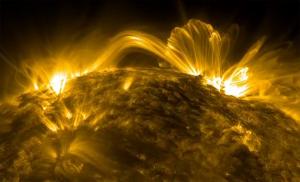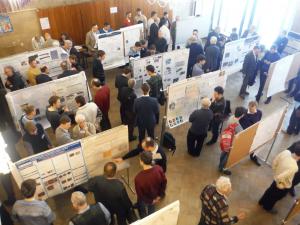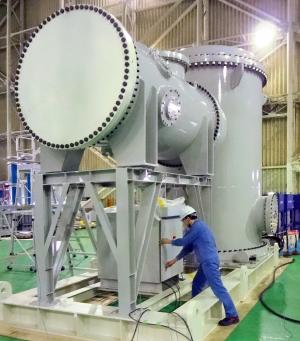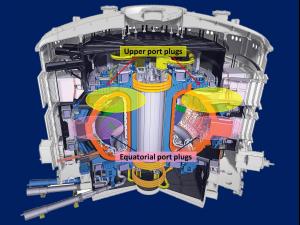What’s New
16 February 2015
ITER news digest for the period of 9 February 2015 to 16 February 2015.

Our own familiar fusion furnace

ITER featured at conference in Zvenigorod, Russia





